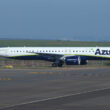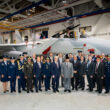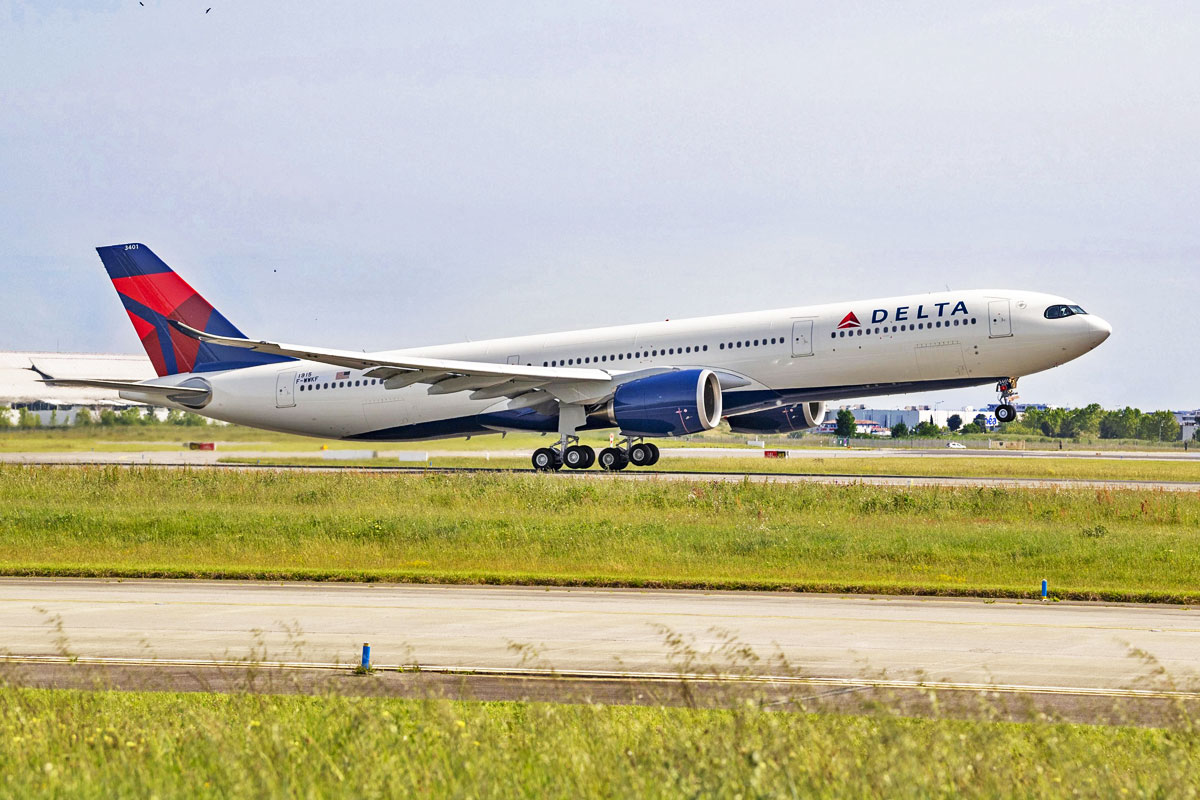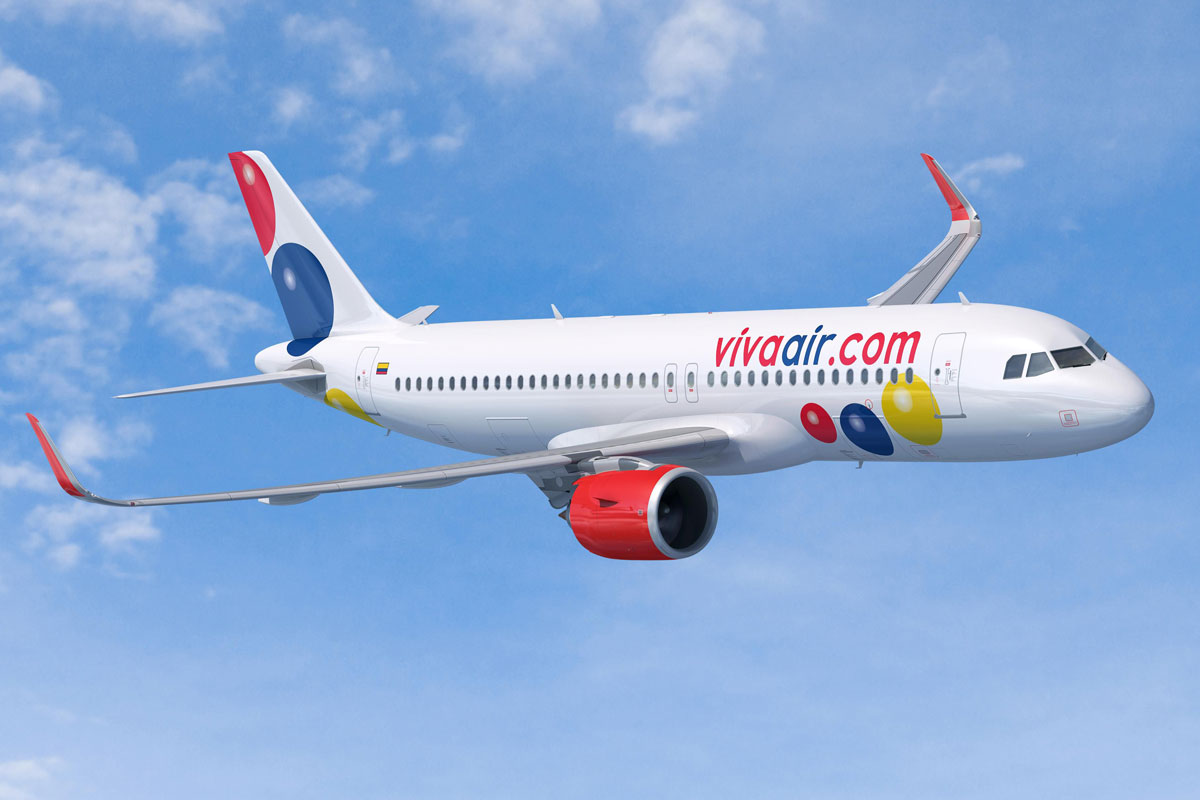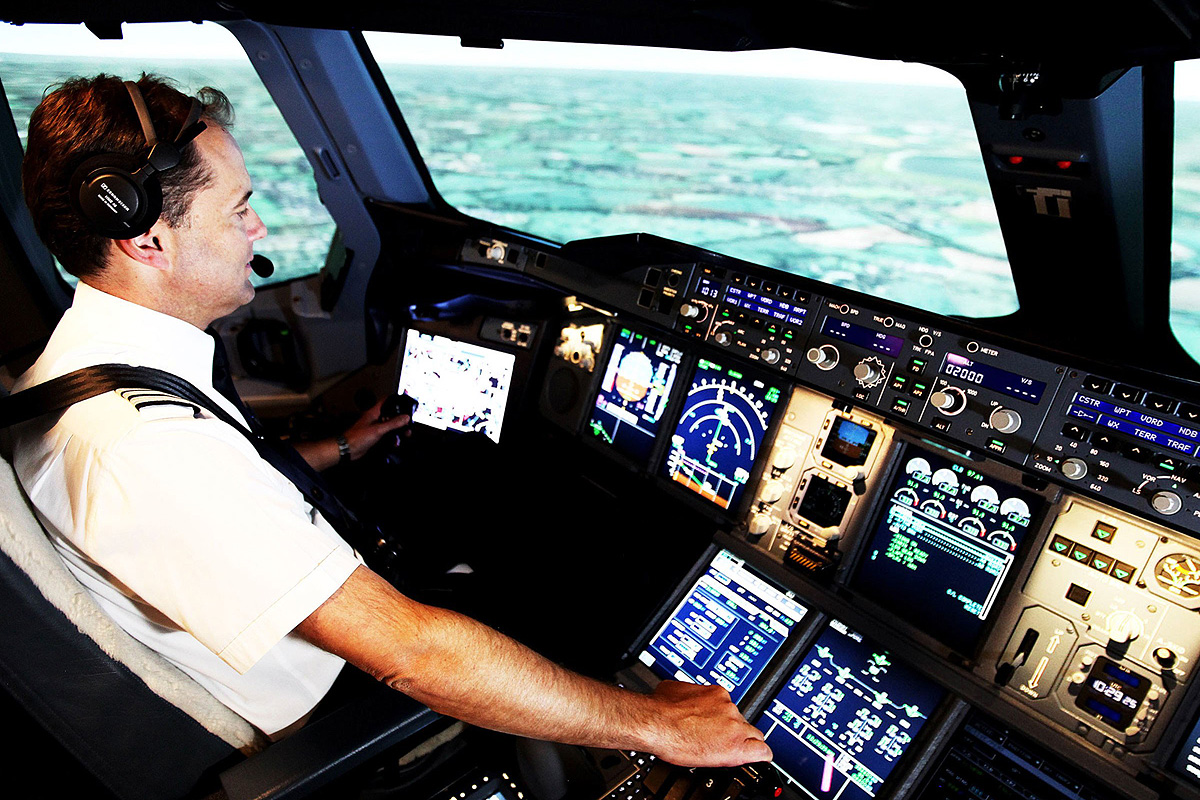A United Airlines Boeing 767-300 that had an abnormal landing on July 29 at Houston International Airport suffered considerable structural damage to the point where the fuselage crumpled in the frontal section.
An image of the damage was made available by the NTSB (National Transportation Safety Board) in a recently released preliminary report.
It is possible to notice that the so-called crown of the upper fuselage appears quite damaged. The aircraft has been stopped at the airport since then while the investigation into what happened is carried out.
Follow ADN: Instagram | Twitter | Facebook
According to the NTSB, the Boeing 767-300 N671UA registration suffered three heavy hits on the front landing gear, with force equivalent to 1.4 g, 1.6 g and again 1.6 g when the widebody ended up bouncing during the braking attempt.
The crew claimed that the landing took place normally until the touchdown of the main landing gear wheels. The first officer, who was in command, said he kept the jet’s nose up, but the plane still slammed into the runway.
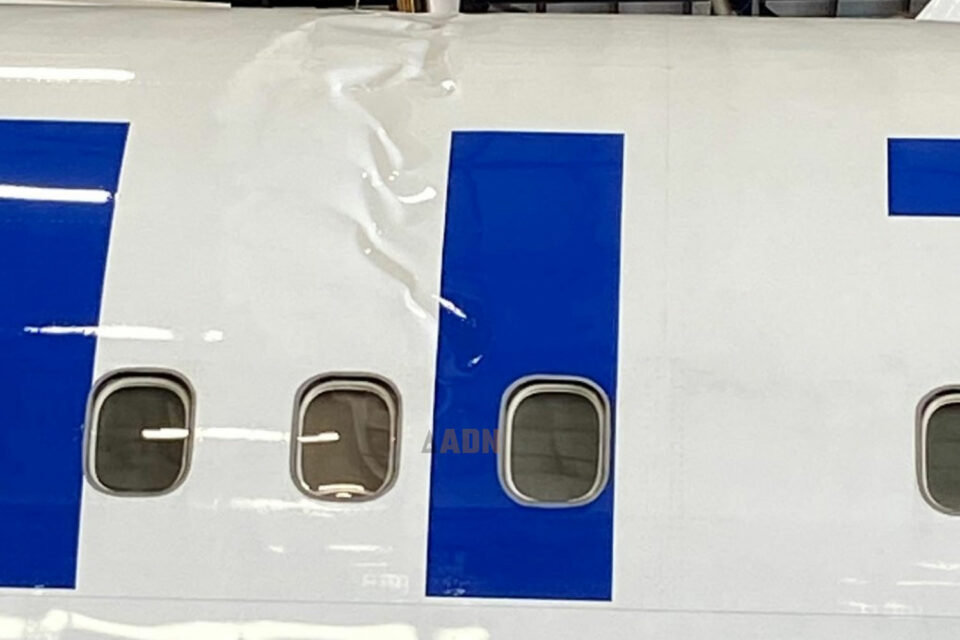
upper fuselage (United via NTSB)
The Boeing still bounced twice before it managed to reduce speed. Then the captain took control and the 767 taxied normally to the stop position.
“A preliminary review of the flight data recorder (FDR) revealed that after the initial touchdown on both main wheels, the airplane rolled to the left and right main gear lifted off the runway’s surface. Subsequently, the nose wheel touched down with a gravitational force equivalent (g) of about 1.4 g and bounced,” wrote the NTSB.
“The speed brakes deployed, and the nose wheel impacted the runway a second time with a force of about 1.6 g followed by another bounce. The right thrust reverser (TR) deployed, and the nose wheel impacted the runway again with a force of about 1.6 g followed by the deployment of the left TR.”
Despite the risky situation, the 202 passengers and crew left unharmed.


